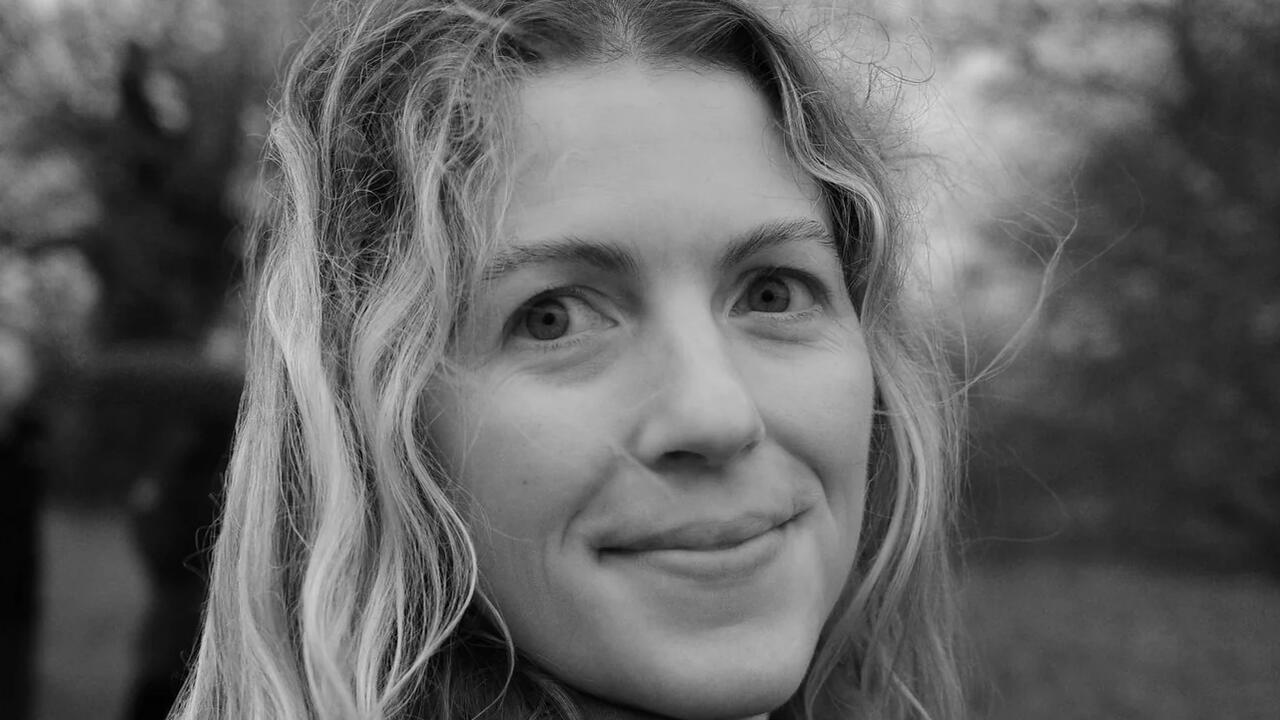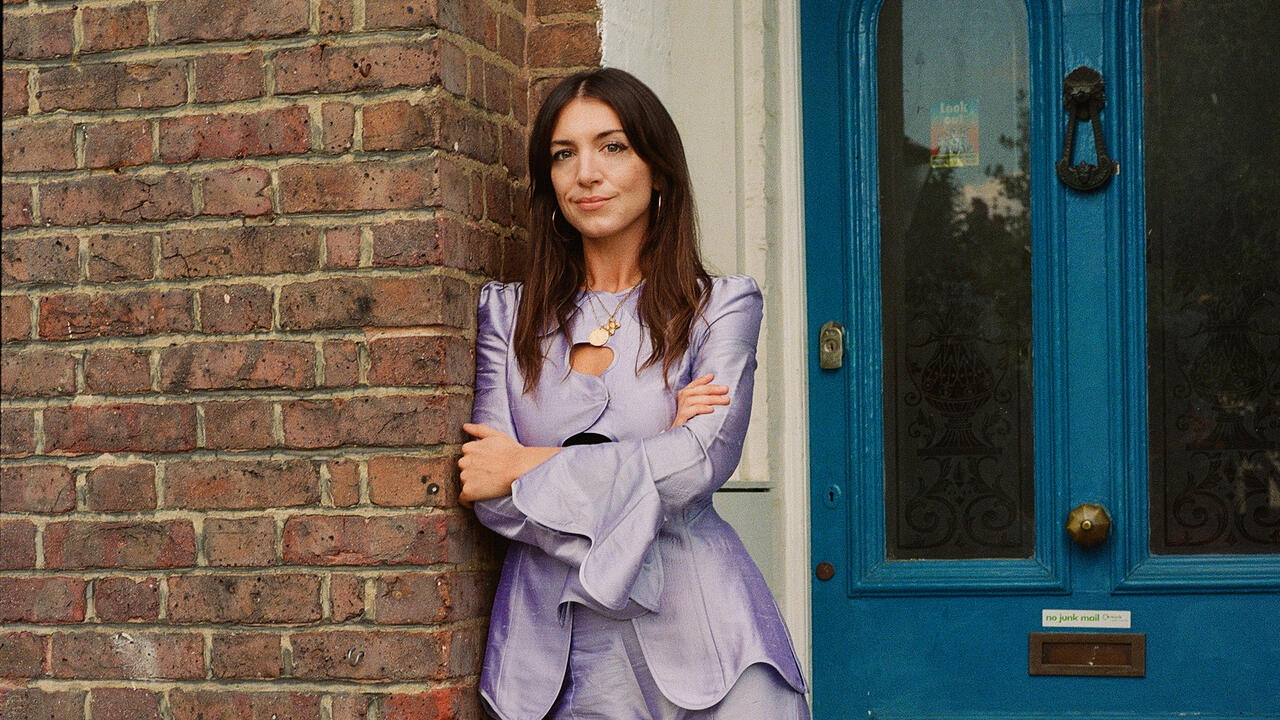Dan Fox on Alan Clayson's biography of Edgard Varèse
Alan Clayson's biography of Edgard Varèse
Alan Clayson's biography of Edgard Varèse

Sometime in the mid-1950s Californian teenager Ruben Sano - better known as Frank Zappa, frontman for the Mothers of Invention and one-time cultural emissary to the Czech Republic - walked into a local record shop with half his week's allowance, most probably possessed by the frenzied desire to listen to everything that only a music-crazed teen can suffer. Whilst browsing, he stumbled upon 'a strange looking black and white album with a guy on it who had frizzy grey hair and looked like a mad scientist. I thought it was great that a mad scientist had finally made a record.' That record was The Complete Works of Edgard Varèse: Volume One (1950). It had been used to demonstrate hi-fi equipment.
Varèse was one of the most singular composers of the modern era, a man born too early to get the world to hear the world the way he wanted. During his childhood he came across a geography text book that described the differing currents that made up the Zambezi River, and in later life vividly recalled how that schoolboy epiphany set him on the road to apply to music that same principle of currents clashing and tugging at each other - 'masses of sounds moving about in space, each at its own speed, on its own plane, rotating, colliding, interacting, splitting-up, re-uniting.' He wanted to hear sound not music; tones not notes. In 1939 he predicted the invention of the synthesiser, a 'sound machine' with which 'anyone will be able to press a button to release the music exactly as conceived.' Performer and composer, he strove to liberate noise and sound from the stifling straightjacket of musical tradition.
Alan Clayson's recent biography Edgard Varèse (2002) is the first English-language study of the composer's life. Although his eccentric journalese skitters about the composer's life with a recklessness that would make the more academically inclined turn white with fear, Clayson's background as cult folk-rock singer, author of books such as Hamburg: The Cradle of British Rock (1997) and Death Discs: An Account of Fatality in the Popular Song (1992) and notorious teenage contributor to the 'schoolboy' issue of Oz, firmly roots his approach in the same ground as Zappa's. These kids came to Varèse by rifling through the racks of record shops rather than the libraries of the conservatoire, from devouring well-thumbed copies of the NME or Rolling Stone rather than esoteric journals devoted to musique concrète.
Varèse's compositions appealed far and wide, to the Cuban composer and writer Alejo Carpentier, the Chinese composer Chou Wen-Chung and the American Jazz legend Charlie 'Bird' Parker, for example. Popular myth has it that Parker was so in awe of Varèse that he would follow him around Greenwich Village, trying to summon up the courage to speak to him. According to David Toop, 'Parker wanted to learn structure, wanted to be taught how to write for an orchestra and was even prepared to cook for Varèse in payment. "He was so dramatic it was funny, but he was sincere," said Varèse.' 1
Just a few bars of Ionisation (1933) are enough to explain Parker's devotion. Written purely for percussion instruments, including sirens and an anvil, it is no grinding haul through clustered discords and fits of spastic rhythm. Written just over ten years after his emigration to New York, Ionisation reeks of sweltering summer nights in the city, stinking gutters and barely sublimated violence. Syncopated drums stutter through a busy traffic of timpani and maracas, before hitting quieter districts of distant sirens and muted bells. It sings of imagined city strolls with Cage and Coltrane, of late night conversations between Varèse's own friends and peers - Francis Picabia, Diego Rivera, Marcel Duchamp - and friends never met from a future Varèse was never to experience. Pierre Boulez was never this funky.
Ionisation's quasi-scientific title suggests a transformation through electricity but was written for conventional acoustic instruments. Despite early dabblings with Theremins, sphaerophons and aetherophons, it wasn't until the 1950s that Varèse begun experimenting systematically with electronic devices. He was in direct touch with the very materiality of the instruments he worked with; his music as much about physicality, the human touch or its absence, as it was about tones and timbres. As Clayson points out, Varèse specified in Ionisation that 'the sirens [should be] operated by hand rather than mouth and, if possible, [to use] Cuban rather than Mexican maracas.' His 1936 solo flute composition Density 21.5 was composed specially for a flute made entirely out of platinum.
Clayson's biography succeeds in drawing attention to the myriad musicians Varèse's work influenced, from the world of 'serious' modern Classical composers, to the sphere of popular music and Jazz. It conveys the breathless excitement you feel when first discovering a great record, book, or film - the evangelical desire to tell anyone and everyone about a new find, and seek new recruits to fight for its cause. Above all, it's an honest eulogy, one that begins with the author's own confusion when first hearing Varèse ('how could anyone like this stuff?'), to concurring with Boulez on the experience of listening to strange, new sounds: 'when you hear the difficult music, first you say "Oh." Then you hear it again and you say "Ah." And then you hear it again and you say "Ooo.".'
1. David Toop, Ocean of Sound, Serpent's Tail, London, 1995, p. 85.






















